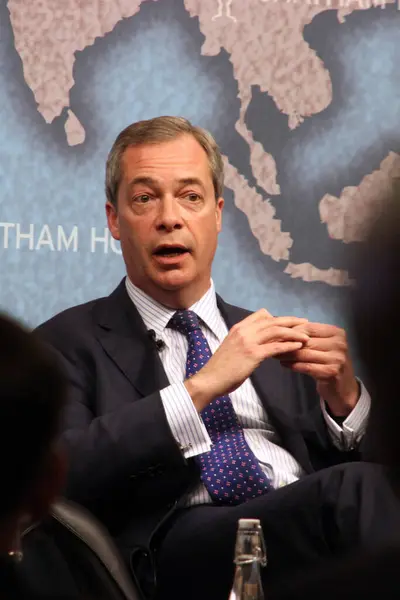From Crisis to Current: Pakistan’s Unstoppable Solar Uprising

In cities and villages across Pakistan, rooftops now shimmer with rows of deep-blue solar panels, a striking visual symbol of a nation undergoing a dramatic energy transformation. Despite facing widespread poverty and ongoing economic turmoil, Pakistan—home to over 240 million people—is witnessing one of the world’s fastest-growing solar movements.
This transformation is powered largely by affordability. The influx of extremely low-cost solar panels from China has turned Pakistan into a booming market. According to data from climate think tank Ember, the country imported 17 gigawatts of solar panels in 2024 alone—more than twice as much as the year before—ranking it the third-largest importer globally.
Yet what truly sets Pakistan apart isn’t just the numbers; it’s the nature of its solar shift. Unlike other nations that depend on centralized, government-backed solar farms, Pakistan’s revolution is driven by ordinary citizens. As Mustafa Amjad from Islamabad’s Renewables First put it, “There is no top-down policy push—this is market-led and people-powered.” Homeowners and small businesses are turning to solar out of necessity, not ideology.
Experts say this trend undermines the widespread belief that renewable energy only works when heavily subsidized. “The people are not being coerced into going green,” said Harjeet Singh, director of the Satat Sampada Climate Foundation. “They’re choosing solar because it makes economic sense.” With April temperatures nearing 122°F, many hope this access to solar energy will make essential cooling systems more affordable in the face of life-threatening heatwaves.
This dramatic shift stems from a perfect convergence of conditions. Waqas Moosa, chair of the Pakistan Solar Association, highlights two critical factors: the plunging cost of solar technology and the relentless rise in electricity prices. Pakistan’s energy troubles are rooted in expensive, long-term power agreements signed in the 1990s—many linked to the U.S. dollar—which require payments regardless of energy production.
Adding to the crisis is the steady decline of the Pakistani rupee and a sharp drop in electricity demand, partially due to the growing number of households generating their own solar power. These factors, along with global gas price hikes fueled by the war in Ukraine, have led to soaring electricity costs. Over the past three years, electricity prices have spiked by 155%, according to Amjad.
In many regions, electricity from the grid remains unreliable, with prolonged blackouts becoming a regular part of life. Faced with unstable supply and skyrocketing costs, Pakistanis are taking matters into their own hands—literally installing energy independence on their rooftops. As the traditional energy infrastructure struggles to adapt, a decentralized, grassroots revolution is rapidly lighting the way forward.
What's Your Reaction?
















:format(webp)/cdn.vox-cdn.com/uploads/chorus_image/image/70136881/1347078605.0.jpg)





